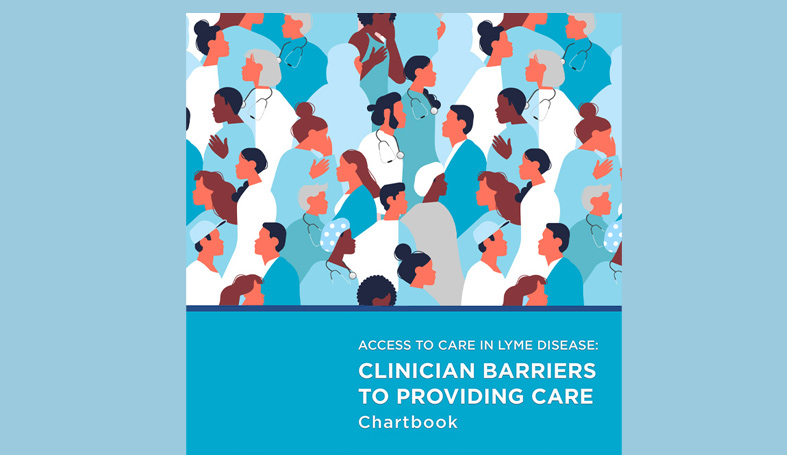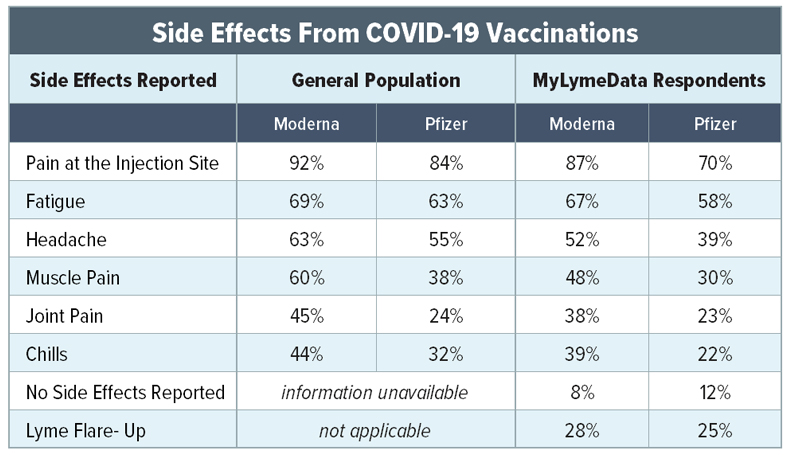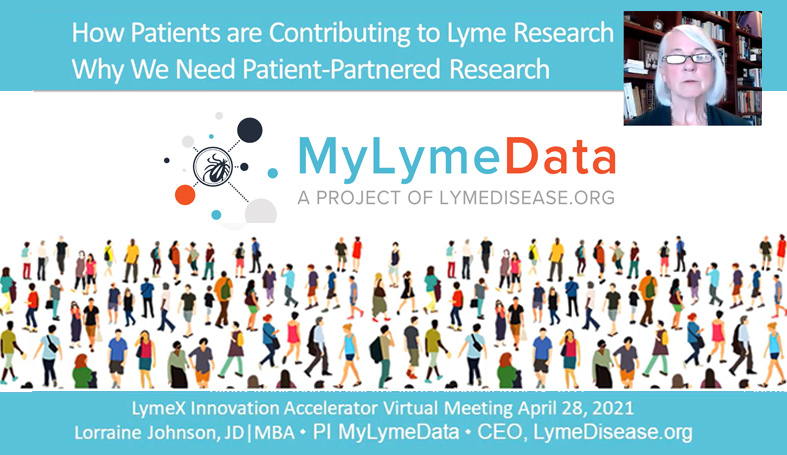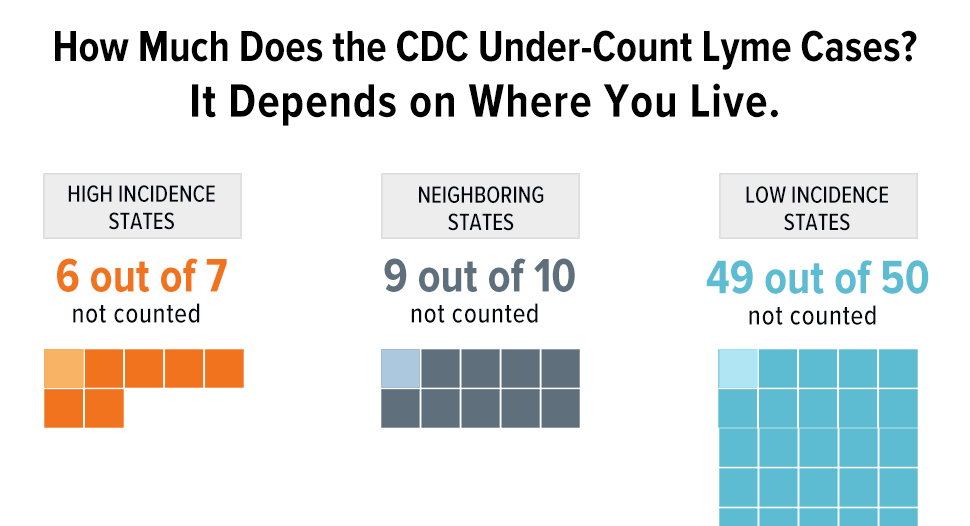The question that we included in the top 10 I'd like to discuss today, deals with alternative therapies, and specifically the question asks what natural therapies or protocols are the most effective? And you know, we get a lot of questions about this, but a threshold question that you have to ask when you're looking at alternative treatments is, well, how many people are using them? We always hear that everybody is on antibiotics, but that's not the case. It was close to a 50-50 split between those who use antibiotics and those who don't. 31% reported that they use antibiotics, but they also use alternative treatments. And around 16% of patients were not using either alternative therapies or antibiotics. There were many reasons why people weren't using antibiotics, about 30% said that they couldn't find a treating physician, 20% pointed to insurance constraints, but another 20% said that they weren't working for them and others said that they simply preferred alternative treatments.
So what lyme disease natural treatments are the most popular? Well, by far the most popular are herbal protocols and many of them have antimicrobial properties, so that's not surprising. And this was followed by detox, homeopathy, acupuncture, sauna, colloidal silver, and so forth. And you might note the treatment at the very bottom, stem cell therapy, which 331 people in the registry had tried. I was personally surprised that we had 331 people, probably the most people who've had data collected on them, that it had stem cells therapy in connection with Lyme disease.
And we asked people who are taking lyme disease natural treatments to tell us whether they were very effective, moderately effective, not effective, or whether they were unsure. Two things to note here, the most effective at the top is the herbal protocols, which are also the most popular, and the least effective was the stem cell, only 3% of the 331 patients who used stem cells said that they were effective in treating their Lyme disease. The rest, either said that they were unsure or that the treatment was not effective. And remember, stem cell treatment has been very expensive, inconvenient, it often involves large travel distances, and it's invasive in terms of procedures. If I were a patient trying to decide which alternative treatments to try, I would want to know this type of information.
And this last chart shows the side effect profile of different alternative treatments. A lot of people think that alternative treatments are natural and that they don't have side effects, but they do. Here we have the percentage of people reporting moderate or severe side effects for different treatments, and detox had the most reported side effects, and by the way, was the second most popular treatment and the third most effective. Rife was tied in terms of having the most side effects and was not reported by many patients to be effective, 69% reported it was either not effective or that they were unsure, and not surprisingly, it was not very popular.
So treatment decisions, whether we're talking about antibiotics or alternative treatments, always involve benefit risk trade-offs and they vary with different people, but knowing how other patients have responded to an alternative treatment is an important piece of information. And let me conclude by saying that we are looking for patients, researchers, bio-statisticians, epidemiologists, and clinicians to join us in this effort. 7,300 patients have enrolled. Our goal is 10,000. If you have Lyme disease, or you know someone with Lyme disease, please encourage them to enroll. We need everyone on the bus. People who are sick, people who are well, and we believe that my Lyme data will be the largest study of Lyme and chronic Lyme disease ever conducted. We ask you to join us in this effort. Thank you.



















